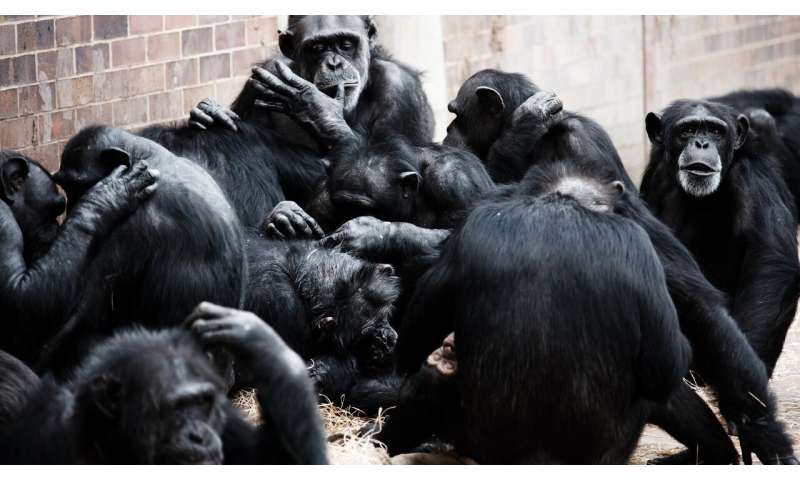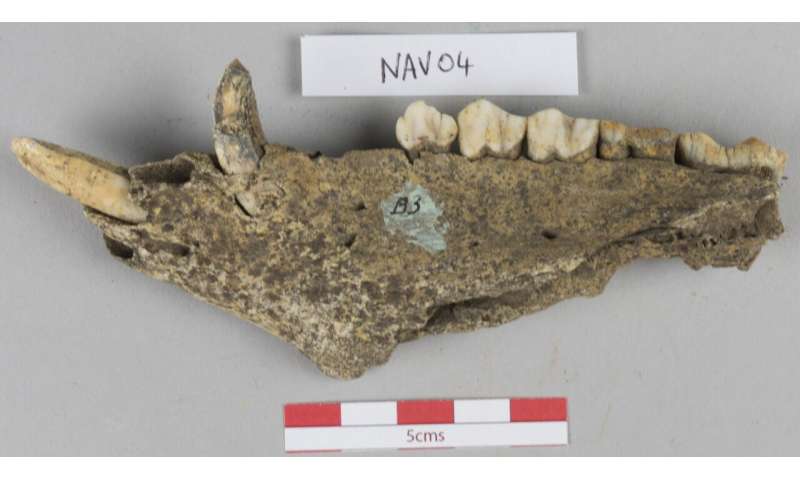UPDATED
BOEING OUSTS MUILENBURG, NAMES DAVID CALHOUN AS CEO AMID MAX CRISIS
WAS HE FIRED OR DID HE QUIT?
Sacked Boeing boss could walk away with up to $52m
Dennis Muilenburg will walk away from Boeing with up to $52m (£40m) after resigning following two deadly plane crashes that prompted a safety scandal.
WAS HE FIRED OR DID HE QUIT?
Sacked Boeing boss could walk away with up to $52m
Dennis Muilenburg will walk away from Boeing with up to $52m (£40m) after resigning following two deadly plane crashes that prompted a safety scandal.
Dennis Muilenburg will walk away from Boeing with up to $52m (£40m) after resigning following two deadly plane crashes that prompted a safety scandal.
Boeing Reports $8.1B In Cancellations
Boeing Boss Dennis Muilenburg Scolded by FAA, According to Reports
by John Biers
DECEMBER 23, 2019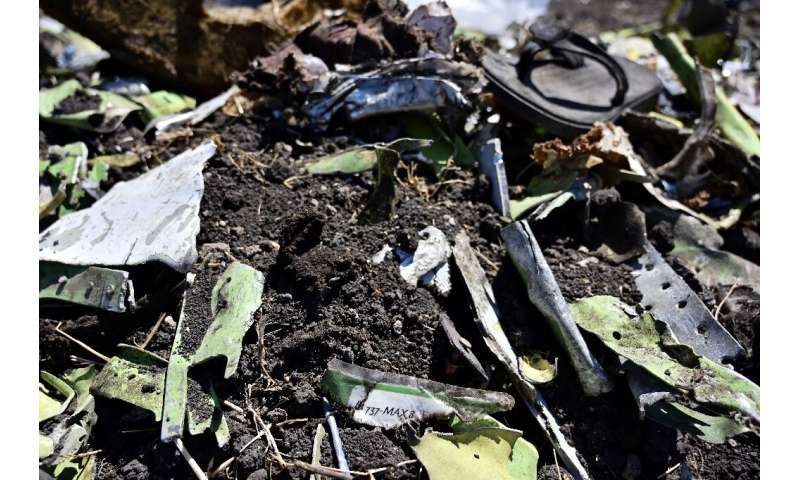 Boeing's 737 MAX has been grounded worldwide since the March 16, 2019
Boeing's 737 MAX has been grounded worldwide since the March 16, 2019 crash of an Ethiopian airways plane, the second deadly crash of the aircraft,
which has raised questions about the company's handling of the crisis
Boeing on Monday pushed out its embattled chief executive, Dennis Muilenburg, as it attempts to pivot from a protracted crisis surrounding the grounding of its top-selling 737 MAX after two deadly crashes.
More than nine months after the MAX was grounded and a week after halting production of the aircraft, Boeing named board Chairman David Calhoun as chief executive and president, saying the company needed to "restore confidence" and "repair relationships with regulators, customers and all other stakeholders."
More than nine months after the MAX was grounded and a week after halting production of the aircraft, Boeing named board Chairman David Calhoun as chief executive and president, saying the company needed to "restore confidence" and "repair relationships with regulators, customers and all other stakeholders."
A week ago, Boeing took the monumental step of temporarily shutting down MAX production because of the crisis, which has pushed the aircraft's return to the skies into 2020 and raised the anxiety level among Boeing's workforce and suppliers.
Though coming during the sleepy days ahead of the Christmas holiday, the move was not entirely unexpected after Boeing stripped Muilenburg of his chairman title in October, installing board member Calhoun in that post.
Still, while Boeing watchers had seen Muilenburg's days as numbered, some expected him to stay on until the MAX was returned to service.
But the timing of that landmark event remains unclear and will depend on the Federal Aviation Administration, which has made it clear it is not in a hurry.
An FAA spokesman said the agency does not comment on personnel decisions.
"The FAA continues to follow a thorough process for returning the Boeing 737 MAX to passenger service," the FAA spokesman said. "Our first priority is safety, and we have set no timeframe for when the work will be completed."
Muilenburg repeatedly offered predictions on the 737 MAX return to service that proved overly-optimistic. His prospects further dimmed last week when its Starliner unmanned spacecraft came up short in a NASA mission to reach the International Space Station.
Muilenburg's departure was "long overdue," said former National Transportation Safety Board chief Jim Hall.
"Boeing clearly needs to reset the table and put someone in who puts safety first," Hall told AFP.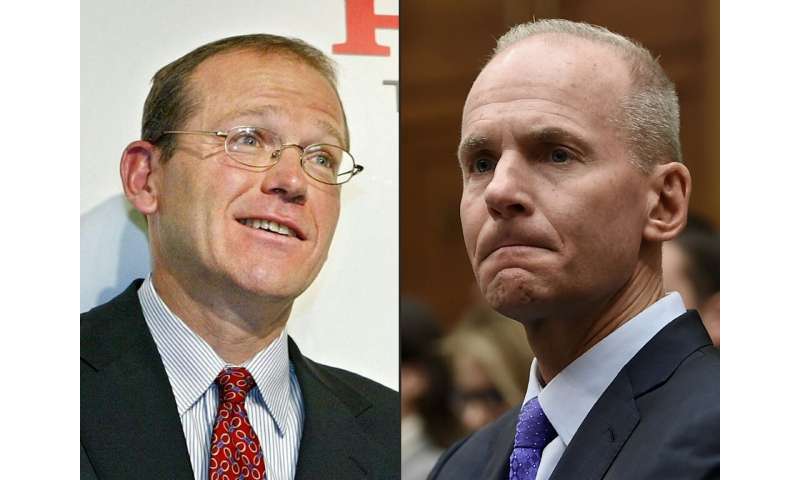 Boeing selected board chairman David Calhoun (L) to replace Dennis Muilenburg
Boeing selected board chairman David Calhoun (L) to replace Dennis Muilenburg
as CEO to 'restore confidence' in the company
 Boeing selected board chairman David Calhoun (L) to replace Dennis Muilenburg
Boeing selected board chairman David Calhoun (L) to replace Dennis Muilenburg as CEO to 'restore confidence' in the company
Another insider?
Shares rallied on the announcement of the leadership shakeup, which came after calls in Congress for Muilenburg to go. The stock price jumped 2.9 percent to finish at $337.55.
But Scott Hamilton of Leeham News, an aviation website, noted that Calhoun had roundly praised Muilenburg's performance as CEO in a November television interview.
The executive has been "part of the Board policy-making that led to the cost-cutting some say had deleterious impact on the development of the MAX," Hamilton wrote.
The executive has been "part of the Board policy-making that led to the cost-cutting some say had deleterious impact on the development of the MAX," Hamilton wrote.
"Calhoun has been on the board 10 years," he said. "Is Calhoun, an insider, the right person to pull Boeing out of its dive?"
Senator Richard Blumenthal, a Democrat from Connecticut, called for a "complete management house cleaning" at Boeing and new leadership "who will take safety seriously."
Calhoun previously served as vice chairman of General Electric, where he had a long career after starting with the company soon after graduating from Virginia Tech. He also currently serves as senior managing director of investment banking firm Blackstone Group.
Following the announcement, Calhoun reached out to lawmakers, airline CEOs, suppliers, regulators and other key stakeholders, a Boeing spokesman said.
Muilenburg will leave the company immediately but Calhoun will not take the CEO post until January 13, 2020, while he exits existing commitments, Boeing said in a news release.
During that period, Chief Financial Officer Greg Smith will serve as interim CEO. Meanwhile, board member Lawrence W. Kellner will become non-executive chairman of the board effective immediately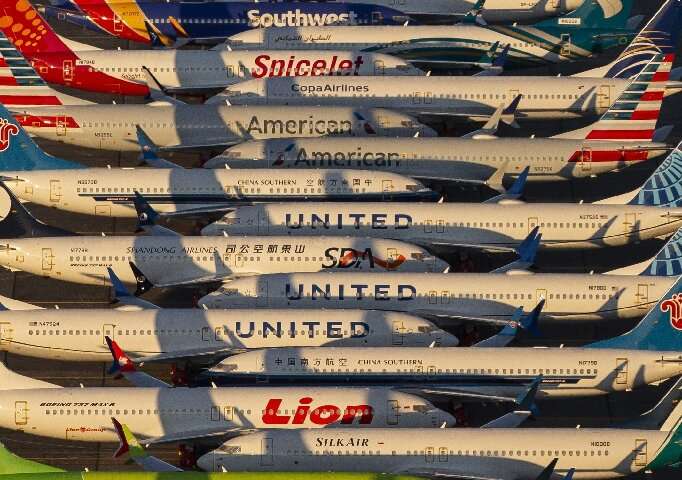 Boeing 737 MAX planes parked in a Washington state airport amid a grounding
Boeing 737 MAX planes parked in a Washington state airport amid a grounding
that has dragged on for more than nine months
 Boeing 737 MAX planes parked in a Washington state airport amid a grounding
Boeing 737 MAX planes parked in a Washington state airport amid a grounding that has dragged on for more than nine months
Awkward response to crisis
Muilenburg's response to the crisis was increasingly criticized as the MAX grounding has dragged on far longer than initially expected as more disturbing details have dribbled out about the certification of the aircraft and issues with the flight software implicated in both crashes.
He also was seen as tone deaf and awkward towards families of the 346 people killed in the crashes.
Michael Stumo, whose daughter Samya was killed in the Ethiopian Airlines crash in March, called Muilenburg's departure "a good first step toward restoring Boeing to a company that focuses on safety and innovation."
"The next step is for several Board members who are underperforming or underqualified to resign," Stumo said.
The company resisted grounding the planes even after the second crash when Muilenburg pressed his case in phone calls with President Donald Trump.
Probes of the two crashes have focused in particular on the Maneuvering Characteristics Augmentation System, an automated flight control system.
FAA chief Steve Dickson ripped Muilenburg in October for not disclosing communications from a Boeing pilot that raised questions about the MCAS system.
The FAA also called out the company for its overly-optimistic statements about restoring the MAX saying it created the perception Boeing was trying "to force FAA into taking quicker action."
---30---
It's Time to Nationalize Boeing - Slog
Boeing finally fired its CEO, Dennis Muilenburg. Many where baffled by the fact that he still had the job months after the world grounded 700 of the company's ..
Dennis Muilenburg: Goodbye to Boeing lifer who started as an intern at the aerospace giant
A Boeing “lifer”, 55-year-old Dennis Muilenburg started working for the aerospace giant in 1985 as an intern.
SPOT THE CONTRADICTIONS UPDATED
Boeing Co has fired its Chief Executive Dennis Muilenburg, seeking to restore confidence after two fatal crashes forced the world's biggest planemaker to halt ...
Boeing CEO resigns after two deadly Max 737 crashes
Boeing CEO Dennis Muilenburg resigned Monday with no end in sight to the crisis that has engulfed the manufacturer and its Max 737 jetliner.
These are the mistakes that cost Boeing CEO Dennis Muilenburg his job
From the beginning of the 737 Max crisis, Boeing CEO Dennis Muilenburg acted cluelessly about how much trouble the company faced. Monday, that cost ...
Analysis | Boeing CEO's Ouster Won't Solve Deeper Problems
Dennis Muilenburg had to go, but the company needs a cultural overhaul.
New Boeing boss seen as tough veteran used to dealing with crises
But David Calhoun will have a stacked in tray as the fallout over the 737 MAX plane appears set to continue
Boeing chief fired but 737 concerns persist
Boeing has fired its chief executive, Dennis Muilenburg, in a bid to restore confidence in the firm after two deadly crashes involving its 737 Max plane. More than ...
Boeing Discloses New Set of 737 Max Messages to US Regulators
(Bloomberg) -- Boeing Co. has disclosed a new batch of internal messages related to the 737 Max program to federal regulators. The documents were turned ...

How FAA chief's 'dressing down' of Boeing CEO finally pushed him out
(Bloomberg) -- Boeing Co. has disclosed a new batch of internal messages related to the 737 Max program to federal regulators. The documents were turned ...

How FAA chief's 'dressing down' of Boeing CEO finally pushed him out
Boeing Axes CEO as Company Hits New Heights of Self-Denial
A new boss takes over as the troubled firm abruptly decides to halt production on its grounded fleet of 737 Max disaster-crafts.
Boeing, Boeing, gone! CEO Muilenburg quits 'effective immediately'
With no end in sight to Boeing's troubles with the 737 Max 8, CEO Dennis Muilenburg has resigned, the airplane manufacturer announced Monday morning.
Muilenburg Firing Punctuates Biggest Boeing Change In Years
Whether more management heads roll at Boeing remains to be seen now that Dennis Muilenburg has been fired as chief executive.
Boeing’s Board Missed Its Chance
As the Boeing CEO stands down, a timeline of the planemaker’s successes and failures
Incoming Boeing CEO David Calhoun to FAA: We want to be regulated
Boeing to suppliers: No 737 Max parts for a month as crisis prompts production halt
Factbox: From GE to media, Boeing's new CEO
Boeing's CEO's resignation is long overdue: Congressman
Boeing announces a management shake-up.Congressman Chuy Garcia says the move was long overdue.
The man in charge of Boeing when two 737 Max jets crashed, with the loss of 346 lives, has resigned as president and chief executive of the company. Here are ...
A new boss takes over as the troubled firm abruptly decides to halt production on its grounded fleet of 737 Max disaster-crafts.
Boeing, Boeing, gone! CEO Muilenburg quits 'effective immediately'
With no end in sight to Boeing's troubles with the 737 Max 8, CEO Dennis Muilenburg has resigned, the airplane manufacturer announced Monday morning.
Muilenburg Firing Punctuates Biggest Boeing Change In Years
Whether more management heads roll at Boeing remains to be seen now that Dennis Muilenburg has been fired as chief executive.
Boeing’s Board Missed Its Chance
As the Boeing CEO stands down, a timeline of the planemaker’s successes and failures
Incoming Boeing CEO David Calhoun to FAA: We want to be regulated
Boeing to suppliers: No 737 Max parts for a month as crisis prompts production halt
Factbox: From GE to media, Boeing's new CEO
Boeing's CEO's resignation is long overdue: Congressman
Boeing announces a management shake-up.Congressman Chuy Garcia says the move was long overdue.
The man in charge of Boeing when two 737 Max jets crashed, with the loss of 346 lives, has resigned as president and chief executive of the company. Here are ...
The board at Boeing has had at least a year to devote some time to what they just proved was not a hypothetical question – What do we do to assure leadership ... Boeing CEO Dennis A. Muilenburg has stepped down from his position "effectively immediately" following 14 months of headwinds triggered by two fatal crashes
---30---
